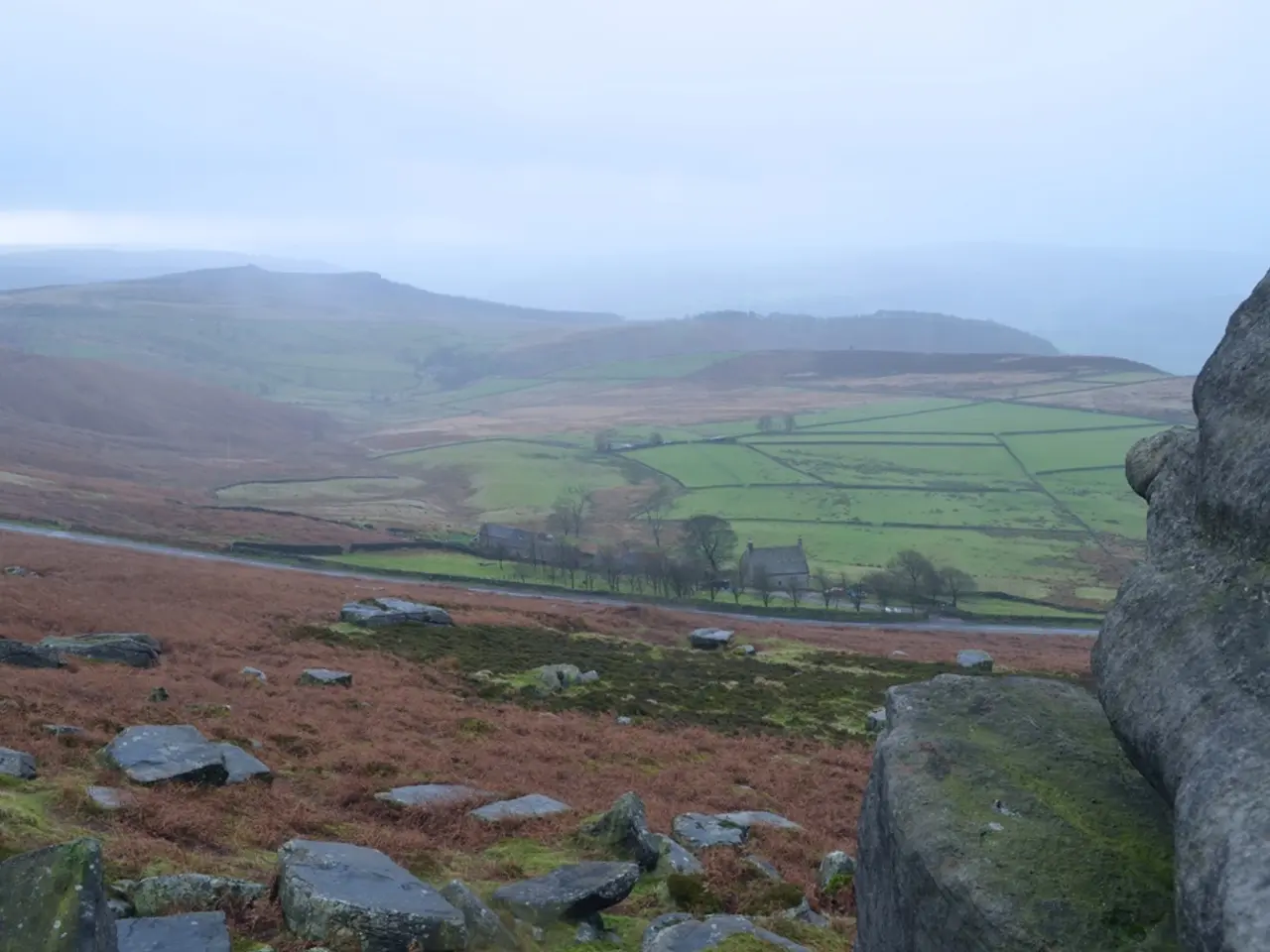The Enigmatic Allure and Legendary Grandeur of Mont Ventoux in Provence
In the heart of Provence, France, stands a cycling climb that is renowned for its unique and challenging characteristics - Mont Ventoux. This iconic mountain, often described as a "bald mountain" due to its deforested summit, presents a combination of geological, climatic, and psychological factors that test riders like few other mountains can.
**Geography and Isolation**
Unlike most legendary climbs, Mont Ventoux stands alone on the horizon, commanding panoramic views for over 100 kilometers in every direction. This isolation gives it a unique visual presence, looming over riders as they approach—there is no hiding from the challenge ahead. The mountain's distinctive landscape, with its white limestone peak resembling a moonscape, adds to its notoriety.
**Profile and Gradients**
The classic Bédoin approach rises 1,610 meters over 21.5 kilometers, with an average gradient of 7.43%. The climb is deceptive, starting with a relatively gentle first 5 kilometers before turning sharply upward. The central portion between kilometers 8 and 17 averages 8.6–10.5%, with only short plateaus offering brief relief. The last 3 kilometers reach gradients of up to 10%, demanding maximum effort just when riders are most fatigued.
**Weather and Environmental Challenges**
The exposed summit of Mont Ventoux is notorious for winds that can gust up to 200 mph, making balance and effort even more demanding. The intense sunlight the mountain receives, especially during the summer Tour de France stages, can lead to sweltering temperatures, compounding dehydration and fatigue. Conditions can change rapidly, with cold, wind, and even snow possible outside peak summer months.
**Psychological and Historical Factors**
The isolation and visibility of Mont Ventoux create a unique mental challenge. The summit is always in view, offering no distraction or shelter from the task ahead. Mont Ventoux has witnessed some of cycling’s most dramatic and tragic moments, such as the death of Tom Simpson in 1967, further cementing its reputation as a true test of endurance and resilience.
When compared to typical Alpine climbs, Mont Ventoux stands out for its isolation, harsh weather exposure, sustained steep gradients, and distinctive landscape. While Alpe d’Huez is iconic, Ventoux’s longer sustained gradients and exposed nature make it a different challenge altogether—especially the last 16 kilometers, which average 8.9%.
Mont Ventoux is not inherently more difficult than other high mountain ascents, but its isolation and geography make it stand out. The name Ventoux is thought to be a corruption of a Gaulish misnomer meaning snowy peak or windy. It is considered the most fearsome climb in cycling and is located in the south-east of France.
The climb respectively ascends through three distinct sections of farmland, woodland, and white limestone. At the junction at Chalet Reynard, there is a cafe, ski-lift, huge car park, smattering of buildings, and an option to take another route down off the mountain, giving it a touch of civilization. Mont Ventoux is protected as a biological reserve, and the climb offers a sense of moving into a different realm as you progress up it.
Mont Ventoux has been a muse for many, with Petrarch, a 14th-century poet, writing the first account of climbing Mont Ventoux and drawing parallels between the climb and life's struggles. Roland Barthes, a French philosopher, described Mont Ventoux as a "god of evil" and a "despot of cyclists." Cuckoos call from the trees, and planes hum in the far-off distance on Mont Ventoux, creating a fairytale landscape.
In conclusion, Mont Ventoux’s isolated location, harsh weather exposure, sustained steep gradients, and distinctive landscape all combine to make it one of cycling’s most feared and respected climbs—a true “Giant of Provence” that is as much a mental challenge as a physical one.
Sports enthusiasts often aim to conquer Mont Ventoux, a famed cycling climb in Provence, France. Known as the "bald mountain" for its deforested summit, its unique geological and climatic factors create a demanding challenge for riders.
Sustained steep gradients, harsh weather exposure, and its isolated location contribute to Mont Ventoux's status as a psychological test, earning it the reputation as a formidable sports endurance challenge.








